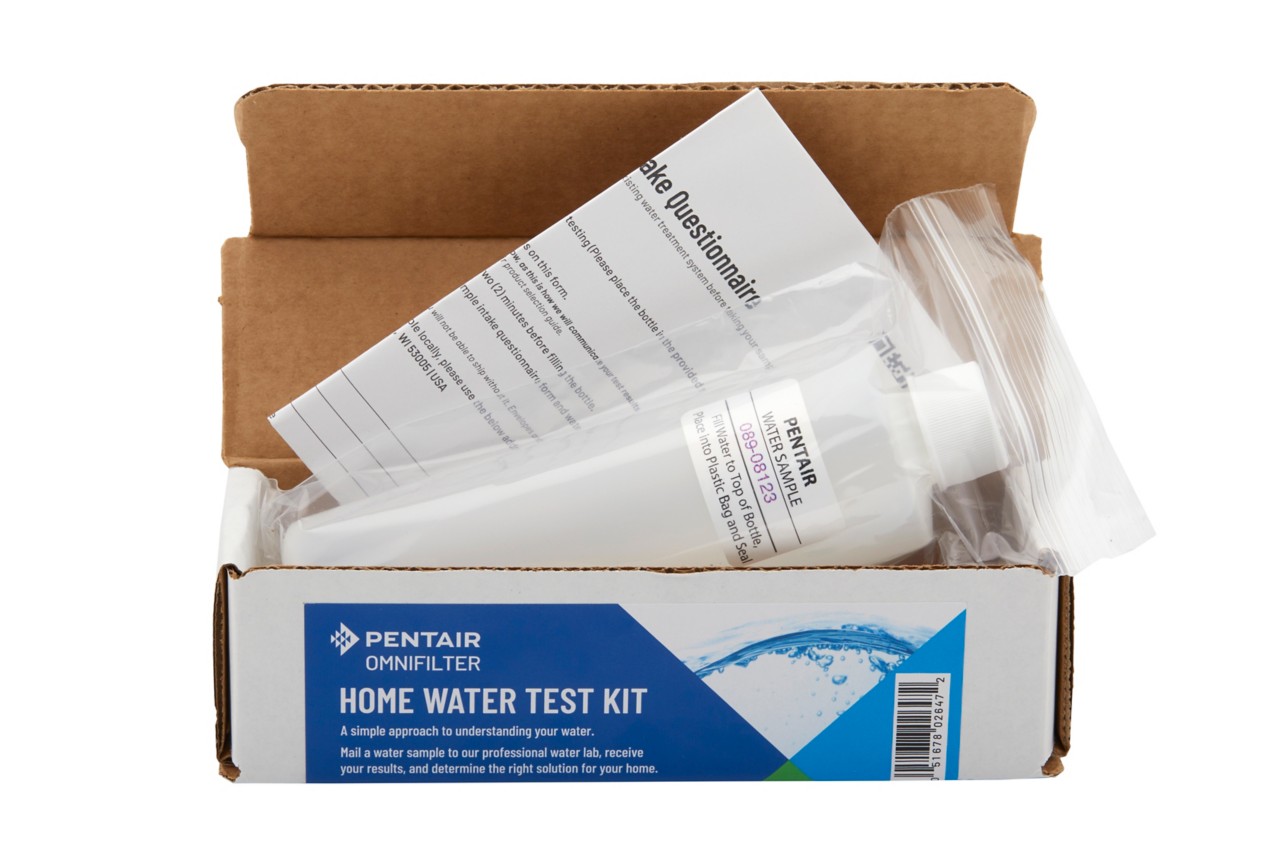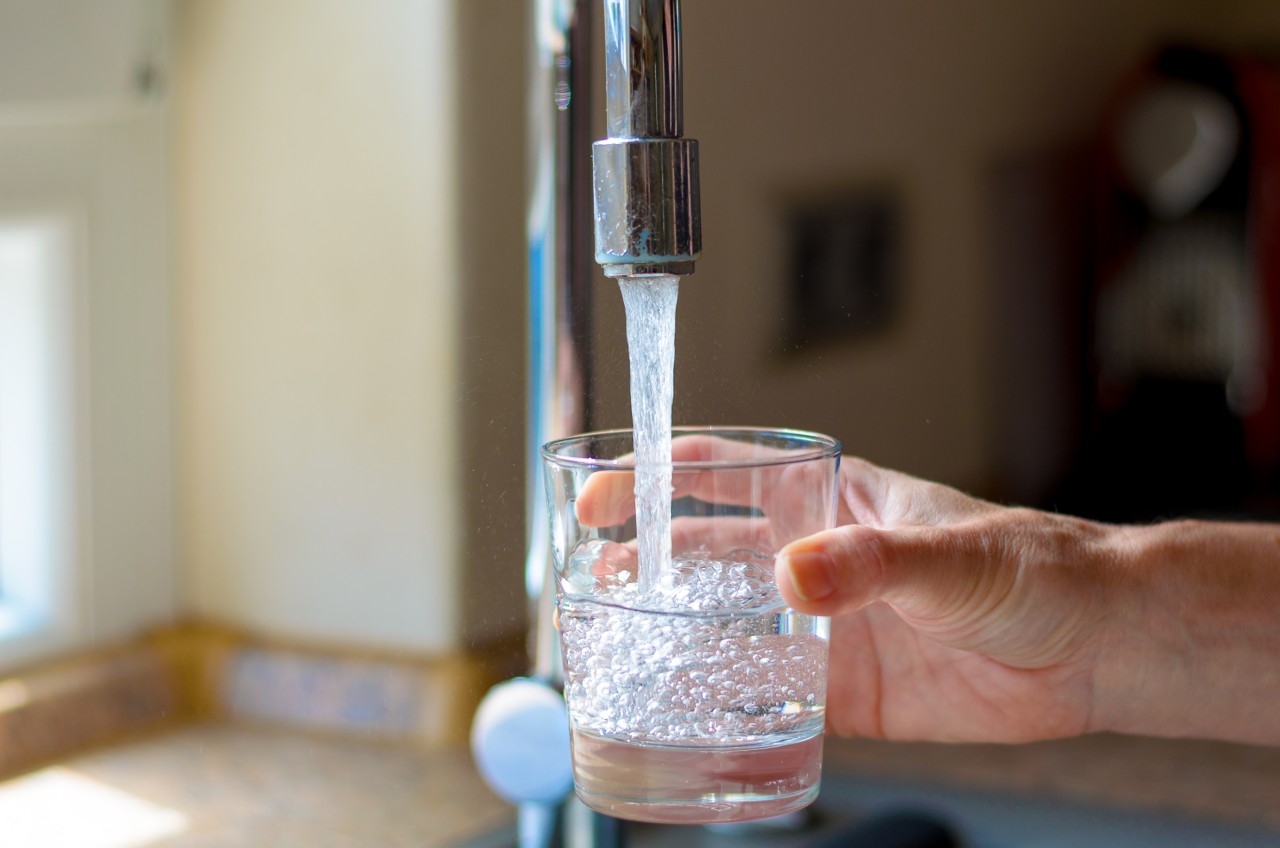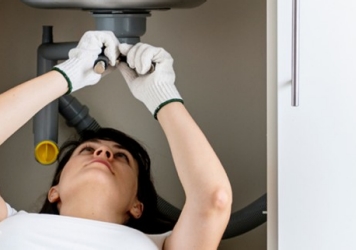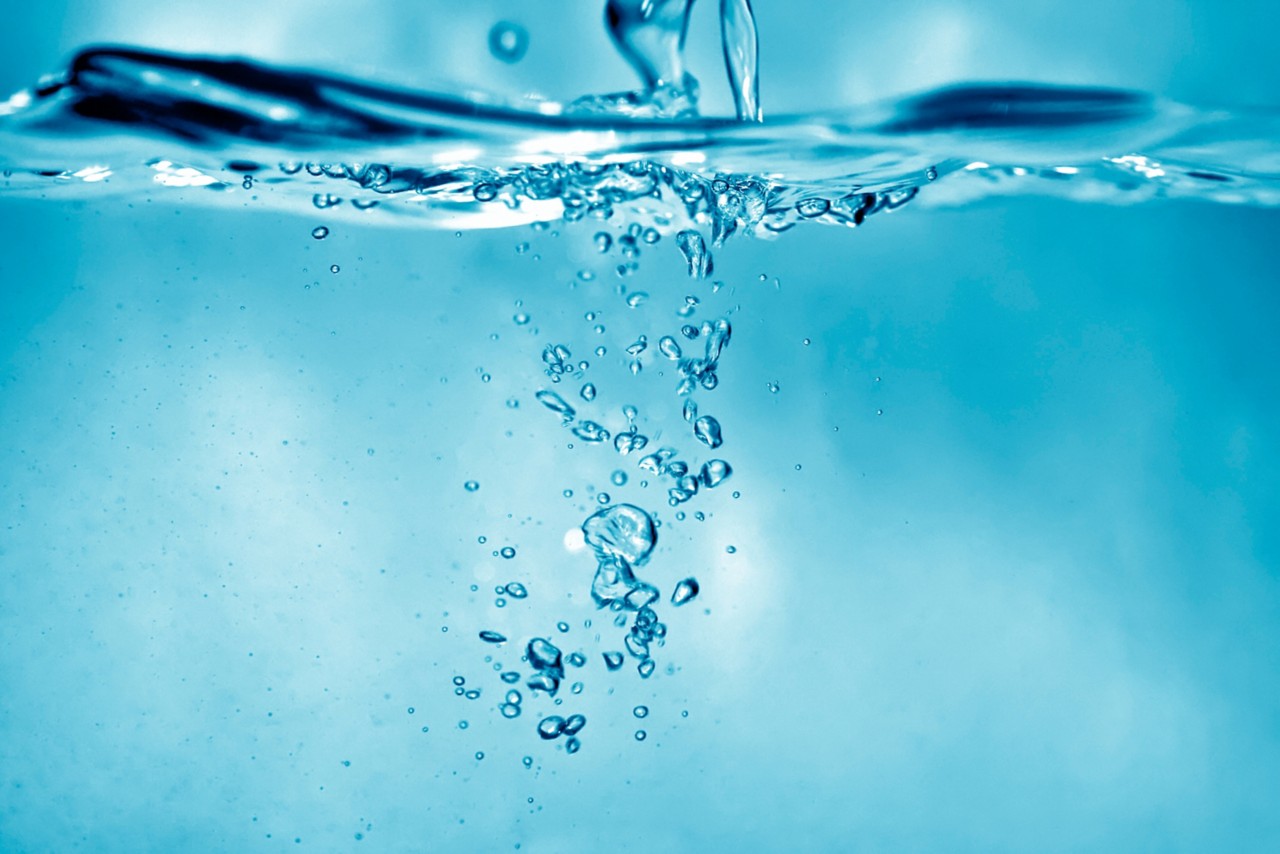Stop Wasting Water and Money. FIND A LOCAL PRO
According to the American Society of Civil Engineers (ASCE) "Report Card on America's Infrastructure," there is a water main break every two minutes and an estimated 6 billion gallons of treated water lost each day in the U.S. (Source: https://infrastructurereportcard.org/wp-content/uploads/2020/12/National_IRC_2021-report.pdf ) Depending on its severity, a water main break can leave you without water or under a boil water advisory until the break is repaired and the pipes flushed.
Why does the US suffer so many water main breaks? The answer is more complicated than you might think.
Extreme weather conditions are the most common case of water main breaks. Sudden drops in temperature freeze the ground, putting pressure on pipes. Hot temperatures also increase the risk; a hot, dry environment can cause the ground to shift, warping or damaging pipes. Many pipes currently in use date back to the 1980s, and are made of iron, which can crack during extreme temperature changes.
In addition to temperature changes, a number of other factors can cause a pipe to burst, crack, or leak, including:
- Corrosion
- Damage caused by shovels, back hoes, or other equipment
- Deterioration due to pipe age
- Nearby construction or pipe repairs
- Opening or closing fire hydrants too quickly
- Soil erosion
- Sudden increases in water volume or pressure.
Large breaks are noticed almost immediately, either because they saturate the surrounding ground or cause impromptu and unwanted water fountains. Small holes and cracks in pipes, however, can go unnoticed for long periods of time.
Risks Associated with Water Main Breaks
Repairing a water main break may require water be shut off for an extended period of time, which is of course inconvenient. If possible, water is allowed to continue flowing, depending on water pressure and the extent of the damage.
Cracks and breaks in water pipes can introduce contaminants into your water supply, including potentially harmful organic and inorganic compounds from septic systems, the surrounding soil, and nearby industrial or agricultural facilities. The very act of repairing a water main in one area of pipe can cause lead from surrounding pipes to leach into drinking water. If there is a concern that your local water supply could be contaminated, local officials may issue a Boil Water Advisory.
Once repairs are complete, the pipes are flushed to remove contaminated water. When water service is restored, it is recommended to run the tap for a few minutes to flush your home’s plumbing.
What's in your water?
start here
Worried about your water? Take control with our at-home water test kit. We'll analyze your water and recommend the best filtration or softening solution for your specific needs.


Water 101
Unleash the secrets of your H2O! Explore where water originates and discover the various water filtration solutions that transform it into drinkable water.
Related Articles

What’s in Your Water 101: Learn About the Quality of Your Tap Water
Are you concerned about tap water contaminants like treatment chemicals…

Benefits of Using a Water Treatment Service for Your Home
The journey from “hmm, my water tastes weird to complete…

5 Service Tips for Your Home
As a homeowner, you know about the basics of routine....
Disclaimer: The information on this website has not been reviewed by the FDA. Products offered for sale herein are not intended to treat, cure or prevent any disease or health condition. No medical claims are being made or implied. Contaminants mentioned are not necessarily in your water.




